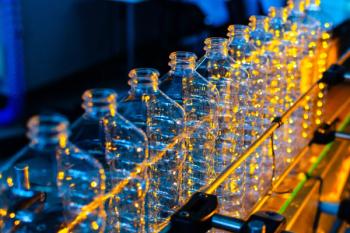
Approach Combining FT-IR and LA-ICP-MS Provides Improved Tissue Classification
A recent study used combined chemical analysis approach to investigate rat brains harvested one week after induction of photothrombotic stroke.
A recent study used combined chemical analysis approach to investigate rat brains harvested one week after induction of photothrombotic stroke (1). Researchers from Austria, the Netherlands, and Qatar used Fourier transform infrared (FT-IR) spectroscopy and laser ablation inductively coupled plasma–mass spectrometry (LA-ICP-MS) for the imaging of cerebral ischemia to obtain a deepened analysis compared to single techniques or side-by-side analysis.
The LA-ICP-MS data were normalized using an internal standard (a thin gold layer). Hyperspectral data cubes that were acquired were fused and subjected to multivariate analysis. Brain regions affected by stroke as well as unaffected gray and white matter were identified and classified using a model based on either partial least squares discriminant analysis (PLS-DA) or random decision forest (RDF) algorithms.
According to the researchers, the RDF classifier built on the combined data sets appeared to be more precise compared to classifiers built on the individual data sets. They concluded stated that multisensory hyperspectral imaging with subsequent RDF-based analysis can deepen the understanding of biochemical processes in ischemic brains and enables automated identification of different types of tissues.
Reference
- A. Balbekova, H. Lohninger, G.A.F. van Tilborg, R.M. Dijkhuizen, M Bonta, A Limbeck, B. Lendl, K.A. Al-Saad, M. Ali, M. Celikic, and J. Ofner, Appl. Spectrosc. 72(2) 241–250 (2018).
Newsletter
Get essential updates on the latest spectroscopy technologies, regulatory standards, and best practices—subscribe today to Spectroscopy.




